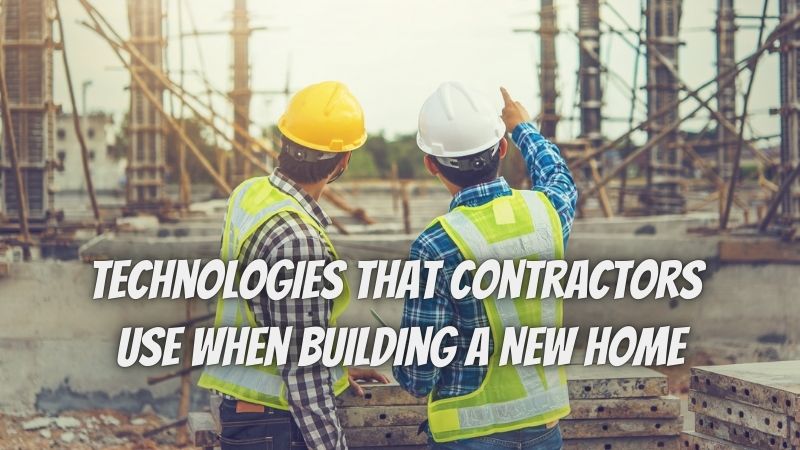Getting a new home built is an expensive proposition. It can also be complicated since there are so many different things that must happen before a house becomes a home. We want the home done and are looking forward to having the Krownlab barn door hardware installed as one of the final steps. One area where contractors can help homeowners lower the cost of building a new home is using certain technology. There have been some impressive advances in this field already, and many more seem to be on the way. Here’s a list of technologies that contractors use when building a new home.
3D Printing
3D printers are becoming increasingly common. They allow contractors to create custom parts for homes and cut costs by using them in place of mass-produced pieces. A 3D printer can be used to make numerous small components that would otherwise require the work of multiple additional employees. It can also produce large items such as custom cabinets for any room in the house.
Virtual Reality
Using a virtual reality device, such as Microsoft’s HoloLens or an Oculus Rift, contractors can create walkthroughs of what a building will look like when it is finished. This allows property owners to see their homes in 3D before they are built, and any changes can be made accordingly. This has been a boon for both sides as it eliminates the need to spend money on expensive mockups that may be obsolete by the time they are completed.
3D Scanners
A 3D scanner allows contractors to create a full-scale model of an existing building and modify it as needed. It also allows them to create blueprints and other documents that show the home’s dimensions and layout. This detailed guide allows contractors to build a house that is accurate to the plans and does not waste materials.
Smart Homes
A smart home allows owners to monitor and adjust various aspects of their residence from anywhere in the world, with a mobile device or computer. Contractors can help homeowners get a smart home up and running more quickly by pre-wiring the house for the desired devices and installing outlets in convenient locations. This cuts down on the number of work homeowners will have to put into their houses to get them up and running, saving both parties money.
Artificial Intelligence and Machine Learning
The rise of artificial intelligence and machine learning has helped streamline various processes in the home building process, from keeping track of inventory, scheduling employees more effectively, and predicting project completion times. These new tools have been a boon for contractors who want to provide their customers with better service while cutting costs.
Internet of Things (IoT)
The Internet of Things is another aspect of the modern home building process that helps improve efficiency. Much like a smart home, IoT allows contractors to monitor and adjust various aspects of their work from anywhere in the world with mobile devices or computers. This technology has been so helpful for contractors that many install it on new construction sites before breaking ground. This ensures that all of the tools and machinery will be accessible from anywhere.
Drones
Drones allow contractors to take measurements and examine the home’s exterior without having to get workers or expensive equipment in harm’s way. They can also be used to monitor progress on a given project and provide owners with up-to-date information about how their homes are doing along each stage of construction.
Robotics
Robotic technology allows contractors to automate even more tasks. For example, robots can set pre-made wall panels in place and fasten them with a few simple movements. Likewise, they can connect pipes and electrical cables quickly and efficiently. This has the effect of significantly reducing labor costs while giving customers a home built more accurately, according to their specifications.
The construction industry is one of the world’s oldest and has evolved significantly with time. New technologies continue to be developed that help contractors build better homes in less time for less money than ever before. Numerous new technologies can streamline various aspects of this process, from pre-wiring a house for smart devices to creating a full-scale model with a 3D scanner. In addition, artificial intelligence and machine learning help keep track of inventory, schedule employees more effectively, and predict project completion times. These modern advancements have been a boon to property owners who want their homes built correctly according to the plans at an affordable price.




